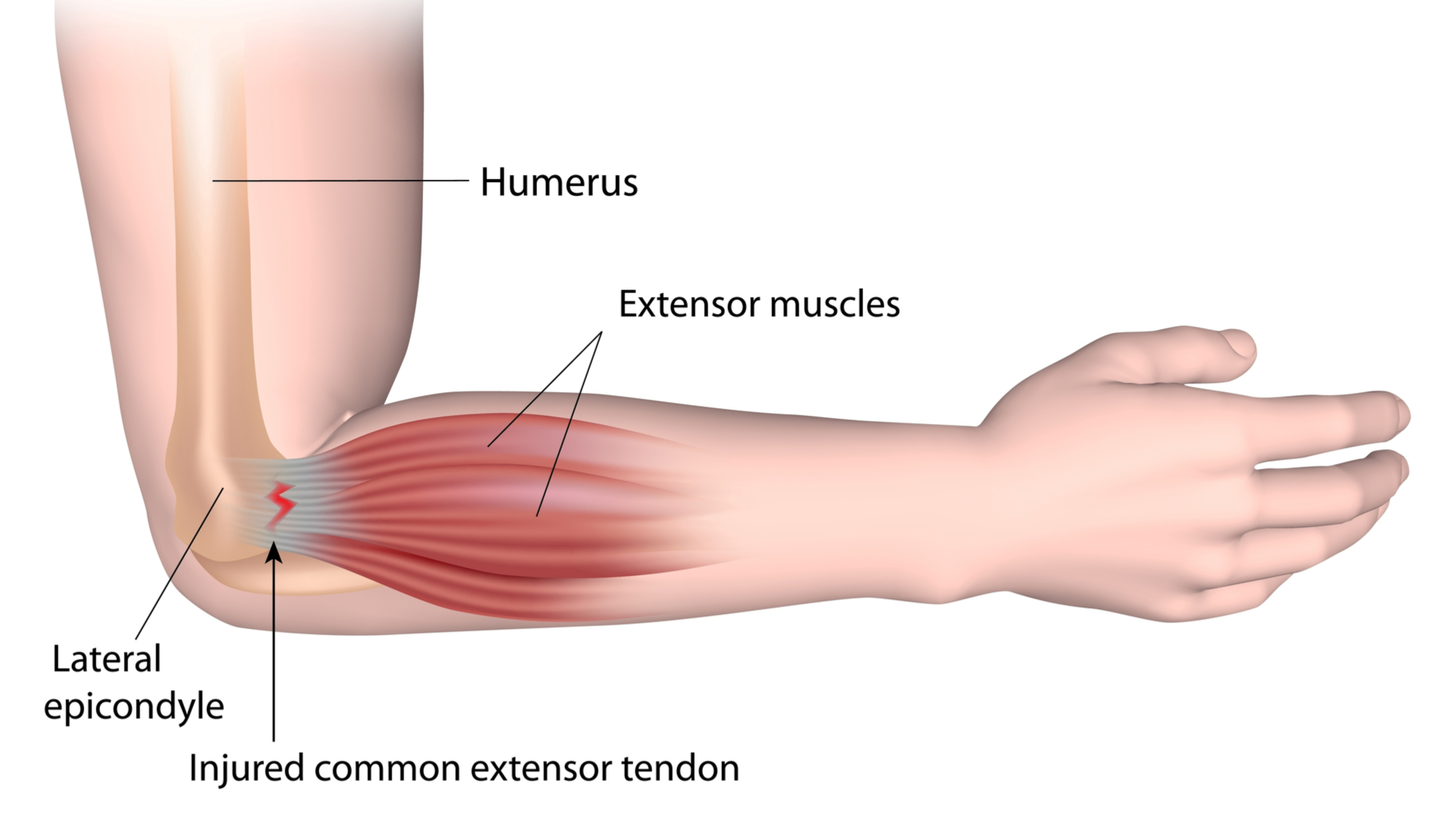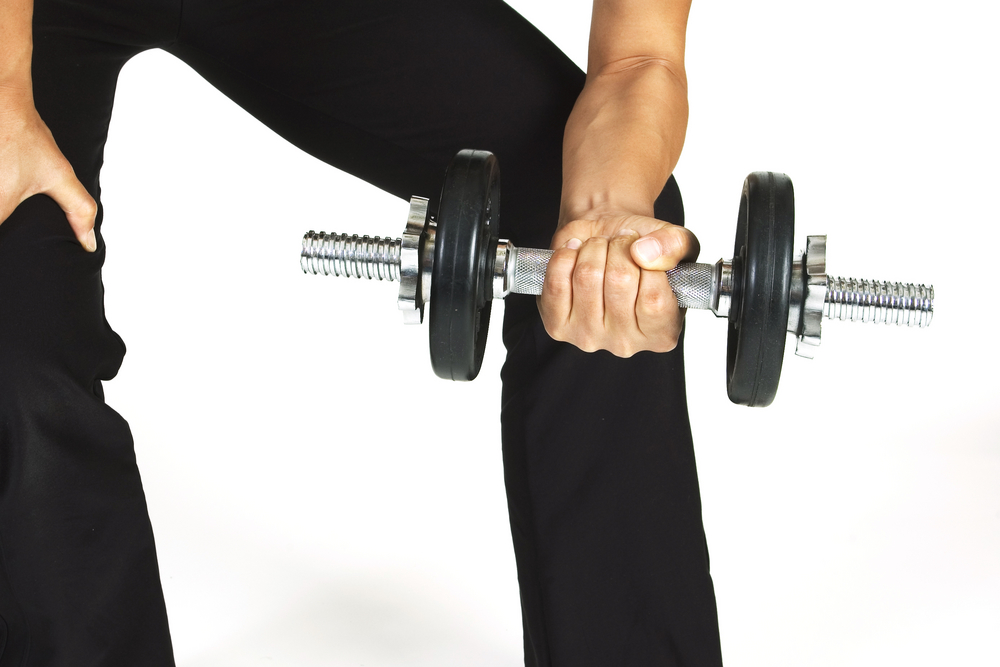Physiotherapy for Elbow and Forearm Pain
What is Tennis Elbow?
The most common injury that can occur at the elbow is colloquially known as tennis elbow. The correct clinical term for this condition is lateral epicondylalgia or an extensor tendinopathy. This is when there is an overuse injury to the tendons on the back of the forearm where they insert onto the bone around the elbow. You can also get a similar issue with the tendons at the front of the forearm and this is known as golfer’s elbow or clinically as medial epicondylalgia or a flexor tendinopathy.


What Causes Tennis Elbow?
Tennis elbow develops when the muscles and tendons are used a lot for activities without enough time to recover. This typically occurs when performing repetitive gripping tasks or movements at the wrist against significant resistance. Tennis elbow is diagnosed by testing a number of different muscles in the forearm and can be differentiated from other symptoms through a series of special tests. Sometimes similar symptoms except with pain further down the forearm and tingling/pins and needles are due to a separate condition called radial nerve entrapment.
If tennis elbow persists for an extended period without intervention, the affected muscles and tendons can begin to change their structure, growing more nerves and blood vessels and becoming even weaker and more painful. This can mean tennis elbow may not resolve on its own or can take some effort to rehabilitate if the symptoms have been present for more than 3 months.
Can Physiotherapy help with Tennis Elbow?
Physiotherapists effectively treat tennis elbow using activity modification, taping, manual therapy, acupuncture and exercise prescription. Treatment may also address the neck, as it is closely related to the rest of the arm. The most important aspect of treatment though, is building the capacity of the muscles to ensure that they are strong enough to handle any of the tasks for which they are required. This is achieved with an individualised rehabilitation program that slowly increases in difficulty over time, ensuring the muscles and tendons get stronger without being further irritated.

Other Problems at the Elbow
There are many other injuries that can occur at the elbow including osteoarthritis, fractures and nerve problems. Some of these need urgent attention so try to have your injury assessed sooner rather than later by a physiotherapist or doctor.
If you’ve had a broken bone and your arm has been in a cast for a few weeks, physiotherapy can also help to get your elbow moving normally and safely again to help build back the strength in your arm.
At Glebe Physio we are skilled at treating elbow and forearm injuries and would be very glad to help you through your recovery and rehabilitation. If you have any questions relating to elbow and forearm pain, go to the Contact Us page or book in to see us today and start your recovery.
Get Active!
For more, visit our Frequently Asked Questions page.
If you would like to ask a question about our services or anything else, visit our Contact Us page to get in touch.
If you are ready to make an appointment, visit our make a booking page and let us help you with your fitness or recovery.

